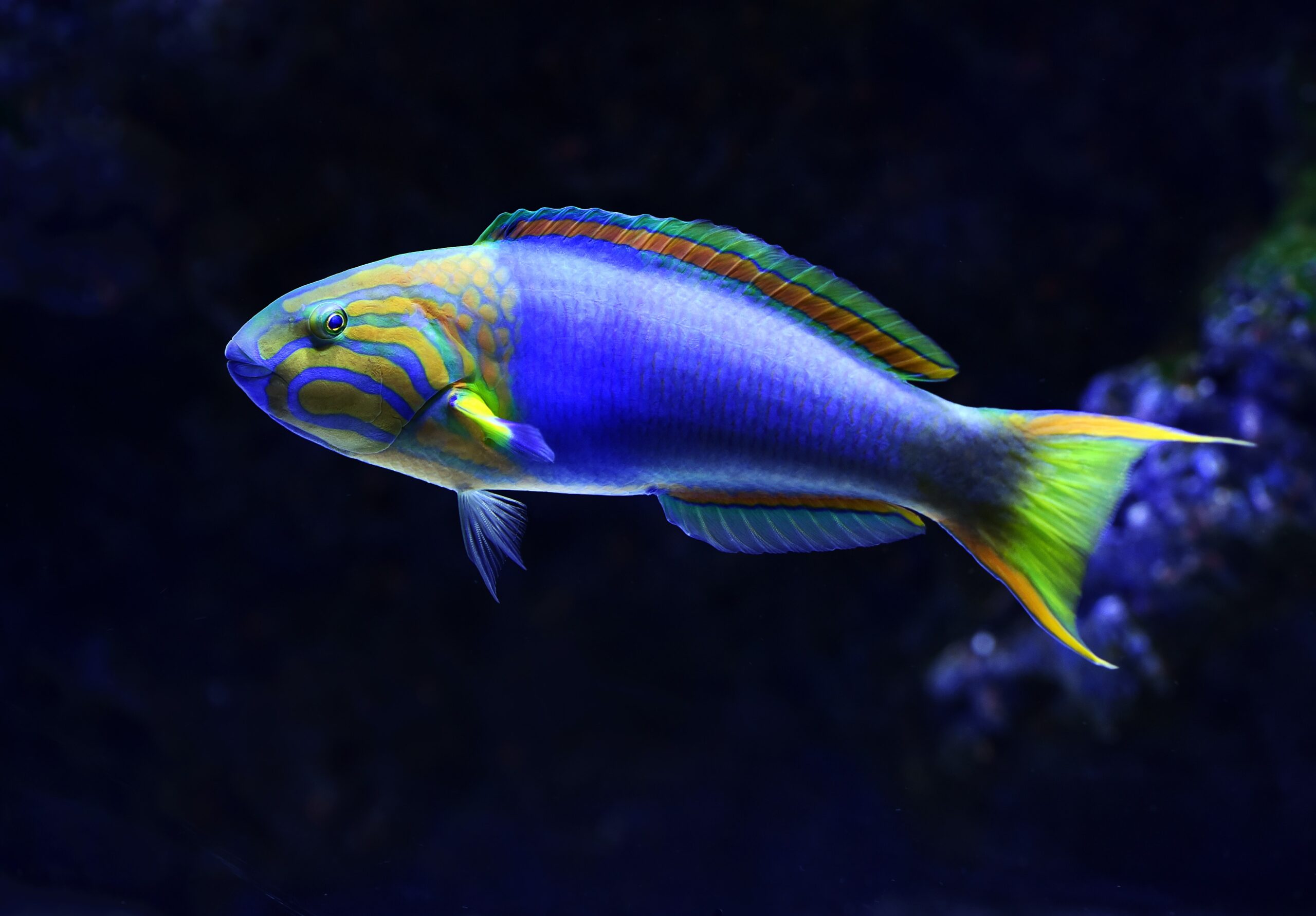- June 20, 2020
- fish quarantine, how to quarantine your fish, quarantine
- Quarantine
I’m sure it’s a subject on everyone’s mind right now. Staying home or limiting exposure to keep yourself or loved ones from getting sick is a big deal.
Coincidentally, quarantine is also a staple of fish husbandry. Quarantining new or sick fish is all part and parcel of caring for an aquarium and an important step in keeping your aquarium inhabitants happy and healthy

Why Quarantine My Fish?
NEW FISH
If you’ve just come home from the local fish store with a couple of new fish for your tank or you’ve received a shipment of fish from an online vendor, you need to pump the brakes. Unless you’re putting these fish into an empty tank that’s already been cycled these fish will need to be quarantined and observed in a separate tank for at least 2 weeks.
Fish that have not been quarantined could possibly carry a bacterial/fungal infection or a parasite. These things could be introduced into your healthy tank and will cause damage or death to your existing livestock. It’s very common to have new fish introduced to an established tank and suddenly your favorite fishy friend is floating belly up.
SICK FISH
Let’s say that during your morning feeding time you notice that one of your fish or invertebrates is acting a little funny. Maybe they’re swimming slowly or crookedly with clamped fins. Maybe they look a little like a pine cone. Maybe you notice a bulging eye, an open wound or a damaged fin.
All of these are signs of disease or injury. The best solution is to remove the sick fish to a quarantine tank where you can monitor and medicate the individual.
Quarantine tanks are necessary for treating an injured or diseased fish, which also keeps the rest of the tank safe. Bacterial and fungal infections can spread quickly from fish to fish, and parasites can infect the tank permanently.
Many of the stronger medications also carry heavy colors that will permanently dye your decorations and even tint the seals on glass tanks. Not to mention that many of the effective medications on the market are not safe for reefs or freshwater invertebrates.
How to Quarantine My Fish?
The best way to treat fish or keep them under observation is to keep them separate in a quarantine tank.
The good news is that a quarantine tank can be bare bones. A filter, a heater, maybe an air stone, and that’s it. No substrate or decorations. Generally a 10 to 20 gallon tank is recommended for fish under 5 inches. Anything larger will need a 30 or 40 gallon tank, especially if you’re quarantining more than one fish.
Keeping it simple makes it easier for you to focus on the fish or invertebrate’s recovery. Many medications require heavy water changes, and the lack of decor will keep them from being dyed by the medication.
Tip: Any supplies that you use for treating and maintaining the quarantine tank MUST be separate from your main tank and used ONLY for the quarantine tank. Diseases and parasites can be transferred from the maintenance equipment (tubing or nets) used on a sick tank to healthy one.
Once you have identified the illness or injury you should follow the medication instructions to the letter. Sometimes the fish will respond well to quick and aggressive treatment, and sometimes just a couple weeks in a tank with no decorations will do the trick.
Monitoring the water parameters is also crucial during quarantine. Depending on the severity of the disease or parasite, you might have to keep the salinity high or perform daily water changes. Keeping the water parameters in check will help speed the recovery of your fish.

When to End Lockdown
If, after 2 weeks, your fish show no sign of illness or injury they can be acclimated to your aquarium. Make sure that the water parameters, temperature and salinity are the same before transferring your fish.
